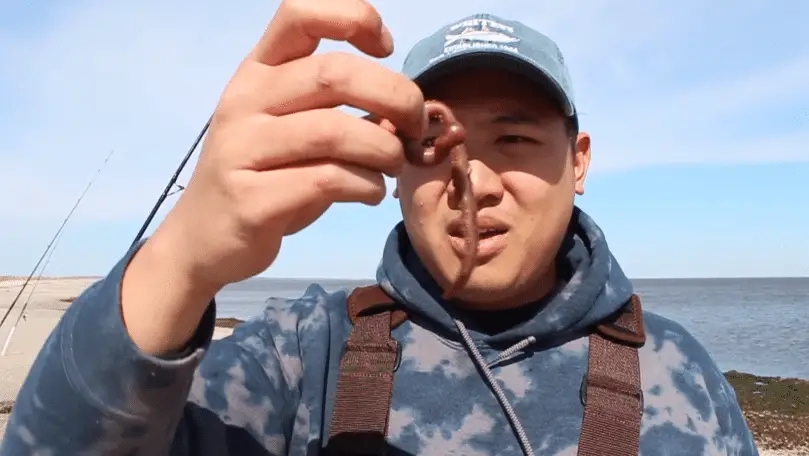How to Keep Bloodworms Alive
For those who have a fear of creepy crawlers, pay attention to this vivid red and long creature. The bloodworm with scientific name Glycera Dibranchiata lives in the mudflats found along the coastal areas surrounding Mexico and the USA. Bloodworms are extremely tough creatures that can thrive in low-oxygen or highly-saline environments.
What are bloodworms?
When we talk about bloodworms, there usually are two types - the tiny red larvae spawned by midge flies and those worms of the genus Glycera found in marine waters. You can use either worm for baiting fish.
What most don't know is that bloodworms are the larvae of the midge fly. Their name comes from their bright red color because of the red-colored iron-porphyrin protein found in their tissues and blood. This hemoglobin content is the reason why bloodworms can survive in polluted waters with low levels of oxygen.
Bloodworms are important to life because they are one of the main foods in the marine food chain. Almost all meat-eating fishes eat this worm in their life cycle. Aside from feeding fish, bloodworms also provide food for other marine animals like turtles, salamanders, crabs, frogs, snails, and shrimps.
Worms that fall under the genus Glycera are bristle worms usually found growing on the marine waters' seabed. These are far longer than bloodworms and may grow up to an astounding 14-inches. They usually come in a creamy pink color and can inflict a nasty bite.
The worms sold at pet stores are the variety of tiny red larvae. Although they look like worms, they actually aren't. As mentioned earlier, they are the larvae of the midge fly. You can purchase bloodworms either as frozen, freeze-dried or live.
Using bloodworms for outdoor fishing

We have seen fishing cartoons before and the usual bait is the lowly worm, hooked at the end of a line. Up to the present, worms are still the first choice as bait to catch any of a wide variety of either fresh or saltwater fish. How it all started, nobody really knows.
It could be the worm's color, its smell or the way it wiggles on the line. Whatever the reason, worm bait is always a winning formula. For most of the freshwater anglers, the favorite types of bait either earthworms, nightcrawlers, and any type of red-wrigglers.
So far, they have always provided success to fishermen. Presently, many of these anglers are now using bloodworms which they find in abundance in tidal mudflats. For those who use bloodworms, they feel that these are the "ultimate fish bait."
As a matter of fact, these worms have been the first choice of saltwater fishermen who would cast their rigs on the coastal areas. So far, bloodworms have proven effective in catching winter flounder, bluefish, weakfish, porgies, perch, and striped bass. Yes, you read that right, Striped Bass! One of the most flavorful fish of all!
Cultivating bloodworms to keep them alive
Learning how to bloodworms them alive will be a very profitable and helpful concept. Having them ready at home will spare you the trouble of running to the bait shop every time the urge to fish takes over. Here are a few effective pointers for you:
- Purchase live bloodworms.
- Just below a bloodworm's head is a collar of muscle. Use a knife to make a tiny incision there.
- Hold the bloodworm by the tail and slowly squeeze its guts towards the worm's head.
- Two nerves should pop out along with all the guts. Make sure that you don't damage these nerves. Take out the guts but leave the nerves as they are.
- Wrap the bloodworm in a piece of moistened newspaper then place it in the refrigerator. Make sure the newspaper doesn't dry up and your fridge isn't too cold.
- Treating the worms this way can keep them alive for about one week. You need to change the newspaper every now and then since the worm tends to eject sand from its system. Wet the newspaper using saltwater each time you change it.
Continue the procedure of salting the worms if you don't use them while they are still alive. Get rid of those worms in the bundle that have died. An easy way to check if a worm is still alive is by picking it up and dropping it on a hard surface. If it moves, it's not dead yet.

